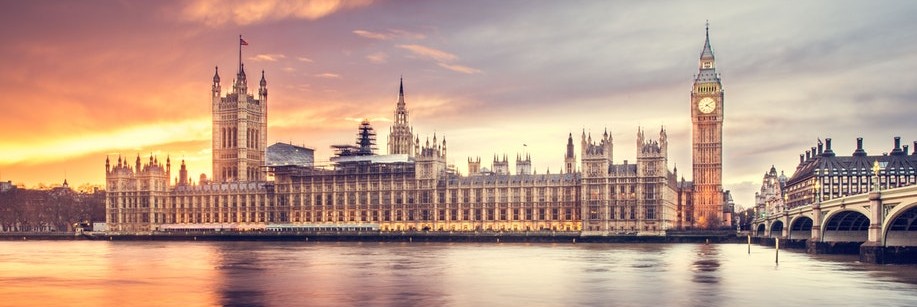The Budget 2017 demonstrates the Conservatives’ lack of vision for the future
Winston Churchill once dismissed a dessert he’d been served in a posh restaurant. “Take this pudding away,” he instructed the waiter, “it has no theme.” The great man might have levelled the same criticism at Philip Hammond’s first Autumn Budget. By trying to please an electorate allegedly tired of austerity, appease the right-wing of his own back-bench, and assuage the London financial sector’s fears about Brexit, the Chancellor of the Exchequer has produced a themeless mish-mash of a budget.
Everyone will find something to like in this budget, yet nobody will be wholly satisfied by it. In recent months, Philip Hammond has come under fire from all quarters: Labour condemned his claim that there was “no unemployment”; the right-wing of his party are unenthusiastic about his lukewarm attitude to Brexit, dubbing him the “Secretary of State for the Single Market”. Putting £3 billion into a Brexit ‘war chest’ will go some way to appeasing hard-line Brexiteers.
Everyone will find something to like in this budget, yet nobody will be wholly satisfied by it
Housing is an intractable problem, and this budget sees the government take its tentative first steps towards a solution. As the population continues to grow, and immigration remains staunchly high, demand for housing is far outstripping supply. Compounding this is a tangle of strict planning regulation, and insufficient public investment. The abolition of stamp duty on the first £300,000 of a property worth £500,000 for first time buyers will be welcomed by many students. The cut will encourage housing transactions, allowing older buyers to downsize and freeing up the market. This maximises the effective use of existing housing by facilitating exchange. Yet, the government must not rest on its laurels. The Chancellor needs to give housing much more welly if the Tories hope to win the 2022 general election.
There are several ways the government can do this. Allowing more house-building on the ‘green belt’ doesn’t mean tarmacking over rolling green countryside, and throwing up soot-stained concrete apartment blocks on top. Much of the green belt consists of waste-land on the outskirts of cities. The government can encourage building on disused brownfield sites by relaxing planning restrictions. ‘Densification’ in sparser urban areas is also a promising solution. The Conservatives have a great tradition of large-scale house-building projects. Churchill’s post-war government built 300,000 homes a year. Such enterprise is desperately needed now. A government with a tepid and half-hearted attitude to house-building will fail to push back its day of reckoning.
A government with a tepid and half-hearted attitude to house-building will fail to push back its day of reckoning
For students, the budget contained a sprinkling of other goodies. A freeze on beer duty gives a helping hand to our struggling pub trade. A new railcard with a third off rail fares will delight 4.5 million millennials. But this budget is confused because of a broader lack of vision within the Conservative Party. It campaigned in the most recent general election on the slogan “strong and stable.” This managerial spirit understandably failed to fire up hopes of change in a disaffected electorate.
The 2017 general election shows the Conservatives’ need for passion, flair, and vision in the future. This budget at least shows that the government recognises this. With a precarious majority and the most complex political negotiation in history on the agenda, it is under eye-watering political pressure. If the party can’t conjure up an exciting vision for the future, the Conservatives will lose the next general election.

Comments